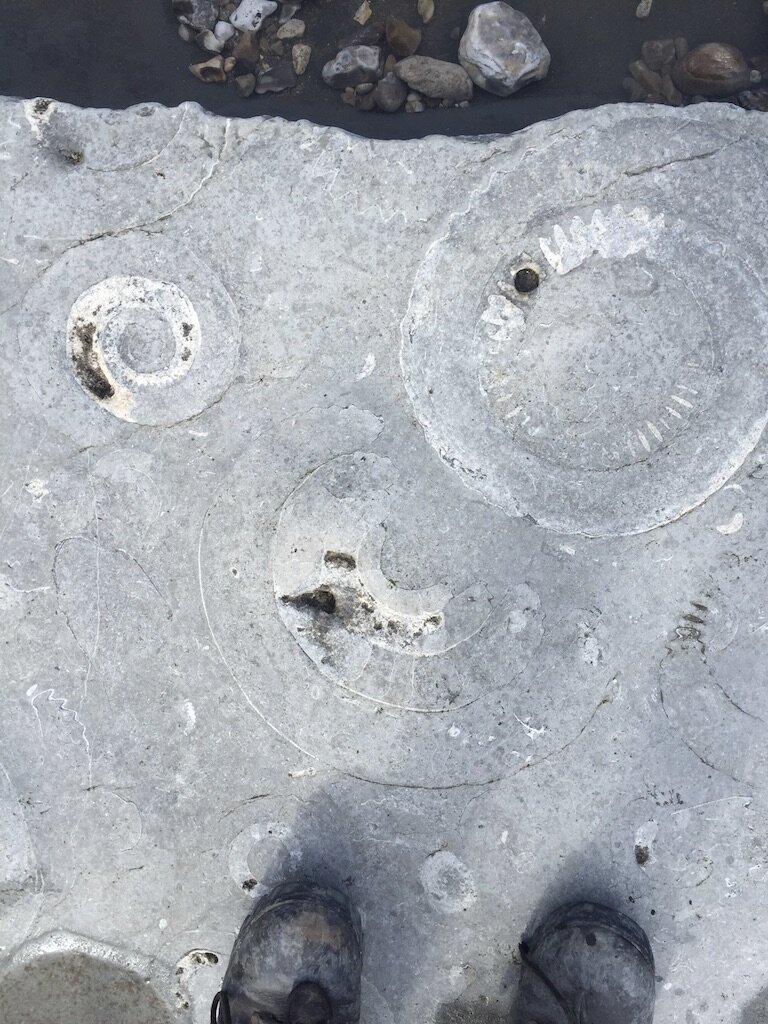Getting ready for the workshop!
To complete this workshop you will need paper and a pen.
There will be optional worksheets that you can download but if you don’t have access to a printer you can also create your own by copying the picture onto paper.
FOSSILS
The study of fossils is important for understanding the history and evolution of life on Earth. For example, we wouldn’t know that dinosaurs existed if we didn’t have fossil evidence!
Palaeontology is the study of remains, or fossils, of past animal and plant life. This is can vary widely from coral and fish to plants and mammals.
Fossils can range in ages from a few thousand years to millions of years old and by studying them we can uncover the environment they lived in as well as understand how Earth’s climate has changed. Fossils are also key to understanding the several extinction events in Earth’s history as well as the evolution, variation and emergence of different species.
At the end of this workshop you will be able to;
Explain what a fossil is.
Describe how a fossil is formed.
State different types of fossils and describe the differences between them.
Describe how fossils are evidence for evolution.
What is a fossil?
We have lots of fossils in the GeoBus collection, below are two of our favourite fossils we have: a trilobite and a large ammonite.
AMMONITE FOSSIL
This ammonite shell fossil is 20cm wide and very heavy. Ammonites were squid like creatures living in the sea inside spiral shells. They went extinct at the same time as the dinosaurs, approximately 65 million years ago. Fossilised ammonite shells can now be found all over the world, the biggest shell found was almost 2 metres wide!
You can read more about the ammonites here.
TRILOBITE FOSSIL
This trilobite exoskeleton has been preserved almost unchanged so you can see lots of great detail on this fossil, even its eyes.
Trilobites used to live in the sea, crawling along the bottom of the sea floor, and came in all shapes and sizes. They became extinct around 250 million years ago.
You can find out more about the trilobites here.
Activity 1
Keyword Challenge
Below you will find a crossword puzzle. Your challenge is to find as many fossil themed words as you can in three minutes. You’ll find a two minute timer in the video above (03:26 in the video), so you can use this to time yourself, or use your own timer!
The aim of this task is to challenge you to think about which key terms you might already know, so you may spot lots of words or not spot many at all and that’s fine! This is only our starting point and at the end of the workshop you can come back and see how many words you can find and try to beat your original score.
If you need a hint you can click on the hint button below the crossword to reveal the words you are searching for!





